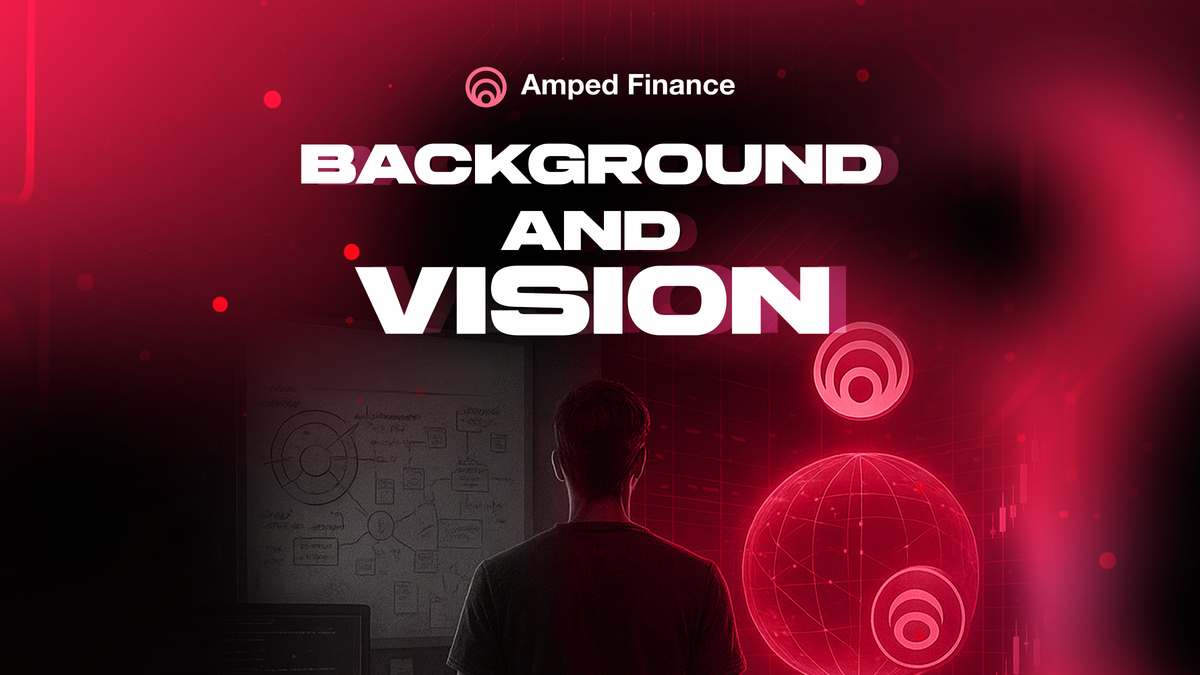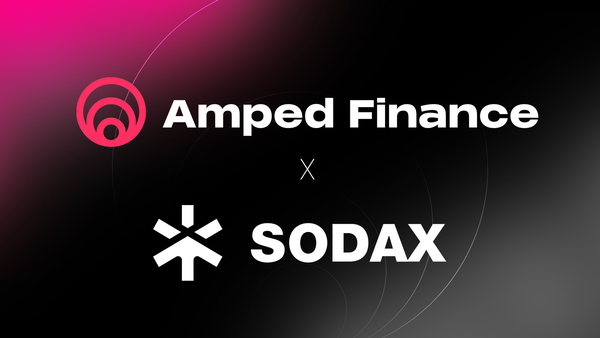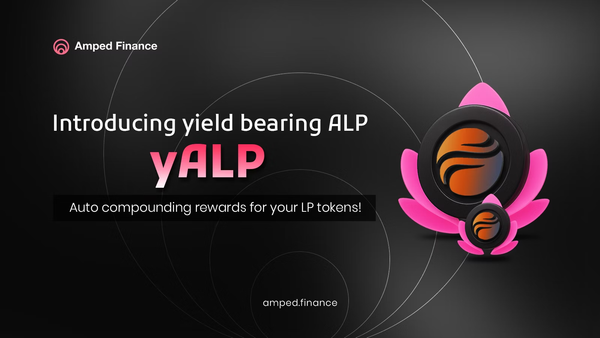Background and vision for Amped Finance

What’s the origin story behind Amped Finance?
Amped was born during my time at LightLink, where I served as Ecosystem Lead. As a relatively small Layer 2 with a limited budget to attract protocols, I took it upon myself to deploy a perpetual swaps exchange. While we saw decent activity, we soon shifted focus to larger networks in pursuit of more TVL and adoption.
After deploying on Base, Berachain, and BSC, we landed on Sonic—a network with the right ingredients to support our growth. Sonic had sufficient DeFi volume to sustain a steady stream of fees, which were redistributed to LPs to drive further TVL growth. LP yields improved further with the introduction of yALP, an auto-compounding vault that reinvests LP rewards.
Amped has always reflected the kind of DeFi platform I personally want to use. As a father of two, my time in front of the screen has dwindled, so I’ve focused on abstracting away the complexities of managing DeFi positions—yALP was one step in that direction. The integration with HeyAnon and the introduction of AI agents for managing on-chain finance is the next. I believe DeFi’s future is agentic, so we’re building Amped to provide an AX (agentic experience) layer for that future.
What’s driving Amped’s traction on Sonic?
I attribute our volume on Sonic to a combination of our unified liquidity pool—which includes seven assets—and frequently updated Pyth price feeds. This structure differs from the typical AMMs on Sonic and other networks, offering highly efficient swaps at competitive prices.
We’re also integrated with several aggregators, including Fly, Odos, OpenOcean, and KyberSwap, which route trades through us when we offer the best pricing. This widens our funnel for capturing swap volume and revenue.
What’s the adoption split between ALP and yALP?
Currently, ALP ownership is more common, but yALP is steadily gaining ground. Since it’s a newer addition, we’re seeing more recent users opt for yALP due to its hands-off approach.
As an ERC-20 token, yALP is composable across Sonic’s DeFi ecosystem. We can list it as a trading pair on other AMMs, allowing users to buy into a Sonic index token without using our platform. In the future, we hope to see yALP used as collateral on lending protocols—enabling users to borrow against it while continuing to earn yield.
How does the HeyAnon agentic AI integration work?
Integration with HeyAnon involved defining Amped’s core functions so LLMs could interface with them—everything from leveraged trading to liquidity supply and reward claims. This groundwork will also support integration with other frameworks, like MCP servers for Claude and additional LLMs.
Using it is simple: you can type or speak a command like “supply 20 USDC as liquidity on Amped” or “open a long position with 10x leverage on S,” and the transaction will execute, returning a hash. In the future, we envision agents making micro-decisions autonomously—your role will be directing them to find the best yield opportunities.
Why use a low-FDV overflow IDO with Atlantis?
We admire Atlantis for innovating in the fundraising space. Their overflow model rewards early participants with extended time farming escrowed AMPED and ensures fair distribution regardless of when participants join.
The structure aligns incentives and offers a more inclusive approach to token distribution. We credit Atlantis for their thoughtful design here.
What’s the benefit of distributing escrowed AMP from day one?
Escrowed AMP is a built-in reward mechanism for liquidity providers. It made perfect sense to use it as an incentive for early IDO participants—those willing to support us from day one benefit from yield-sharing immediately, aligning long-term interests from the start.
What’s your philosophy on airdrops and retroactive rewards?
We wouldn’t be where we are without our early supporters. They took the risk, and it’s only fair that we reciprocate. We're allocating 3% of our supply to a retroactive airdrop, one month after the TGE, covering all historical activity across every chain we’ve deployed on. It’s our way of saying thank you.
What new strategies will you explore on next-gen chains like Monad and MegaETH?
On these high-performance chains, we plan to experiment with real-time price feeds and faster, more responsive trading execution. This opens the door for AI-native and high-frequency strategies that just aren’t feasible on most current networks.
What’s your top priority for Q4 2025?
Our top priority is improving the user experience. Right now, our product-market fit skews toward LPs looking for yield. But what if users could define their own asset baskets, earn rewards based on how well those baskets perform, and even borrow against them—while still generating yield from intra-vault trading?
As I said earlier, I want to build something I personally find useful. A vault of handpicked assets that earns yield and serves as collateral is an ideal way for me—and hopefully others—to put capital to work efficiently.





